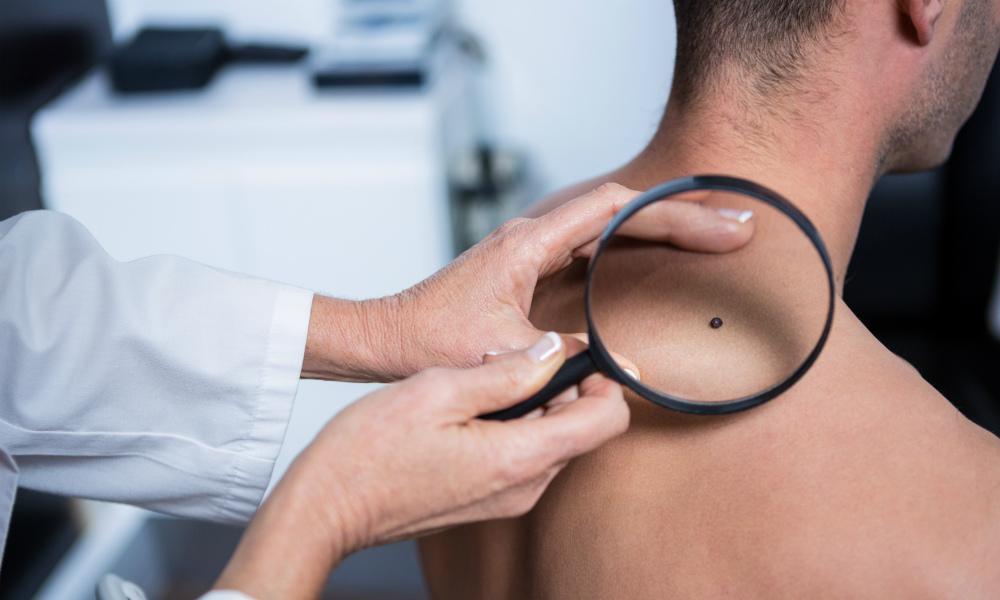Moles are growth on the skin made of melancytes (cells) which gives it the unique colorization. Although, they appear almost black, they are actually brownish in color when looked under a microscope. They can either be flat, rough, raised, smooth or have hair growing out of them. Their shape structure is usually circle or an oval. But not every mole is just a mole. It can be a sign of something more serious such as skin cancer.
Skin cancer is one of the most common cancers worldwide, and often looked over. Nearly 5.4 million people in USA alone suffer from skin cancer. Did you know that if diagnosed early, it can be treated? Later diagnosis is the primary cause of fatalities.
To be sure it isn’t anything serious, many dermatologists and physicians recommend the following ABCDE method. What does it stand for? Continue reading.
A = Asymmetry
Normal moles should look symmetrical in shape. They are either round or slightly oval in shape. However, if the mole on your skin looks asymmetrical, it might be best that you get it checked.
B = Borders
Does it have any irregular, blurred or jagged borders? Technically, it shouldn’t but if it does, it might be a sign of skin cancer. Uneven moles should raise concern, but instead of relying on internet information, seek help from a doctor to be sure.
C = Colors
Colors are another way to distinguish normal moles from abnormal ones. A normal mole should have an even color. If the mole has more than one shade of color i.e. is light on one end and darker on the other, please have it checked.
D = Diameter
Any normal mole shouldn’t be more than 6 mm large. 6 mm is almost the same size as the eraser at the end of a pencil. If the mole on your skin is larger than that, seek immediate help.
E = Evolution
If you have recently noticed some changes (in color, shape, size or form) it might be an early sign of skin cancer. Furthermore, if any of the moles on your body has recently started to itch, get red, bleed or become tender, it should also be considered a warming sign.
As mentioned above, early diagnosis can be the saving grace as skin cancer is treatable. Schedule an appointment with Dr. Parikh to have it checked. To schedule a consultation, call 469-262-5762, or visit www.healthonemedicine.com for more information.

